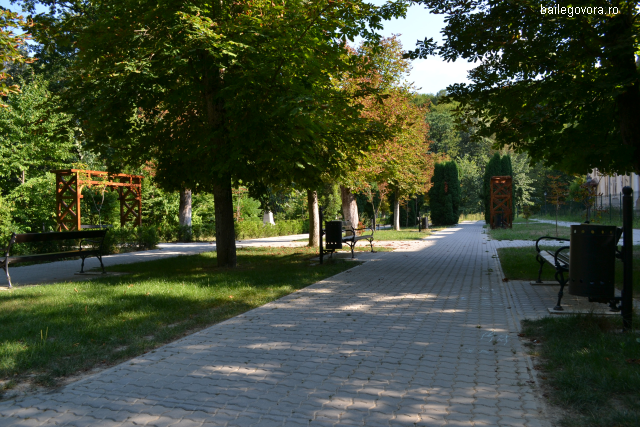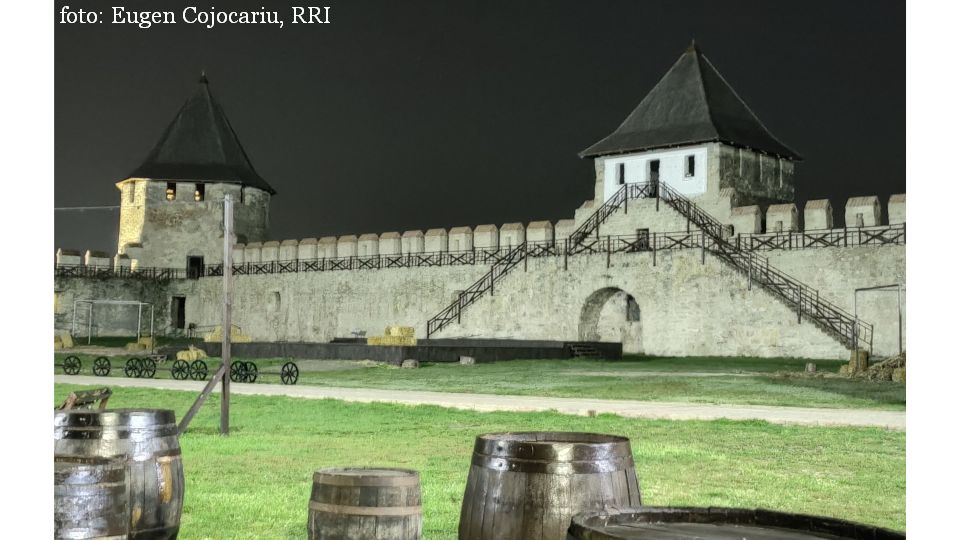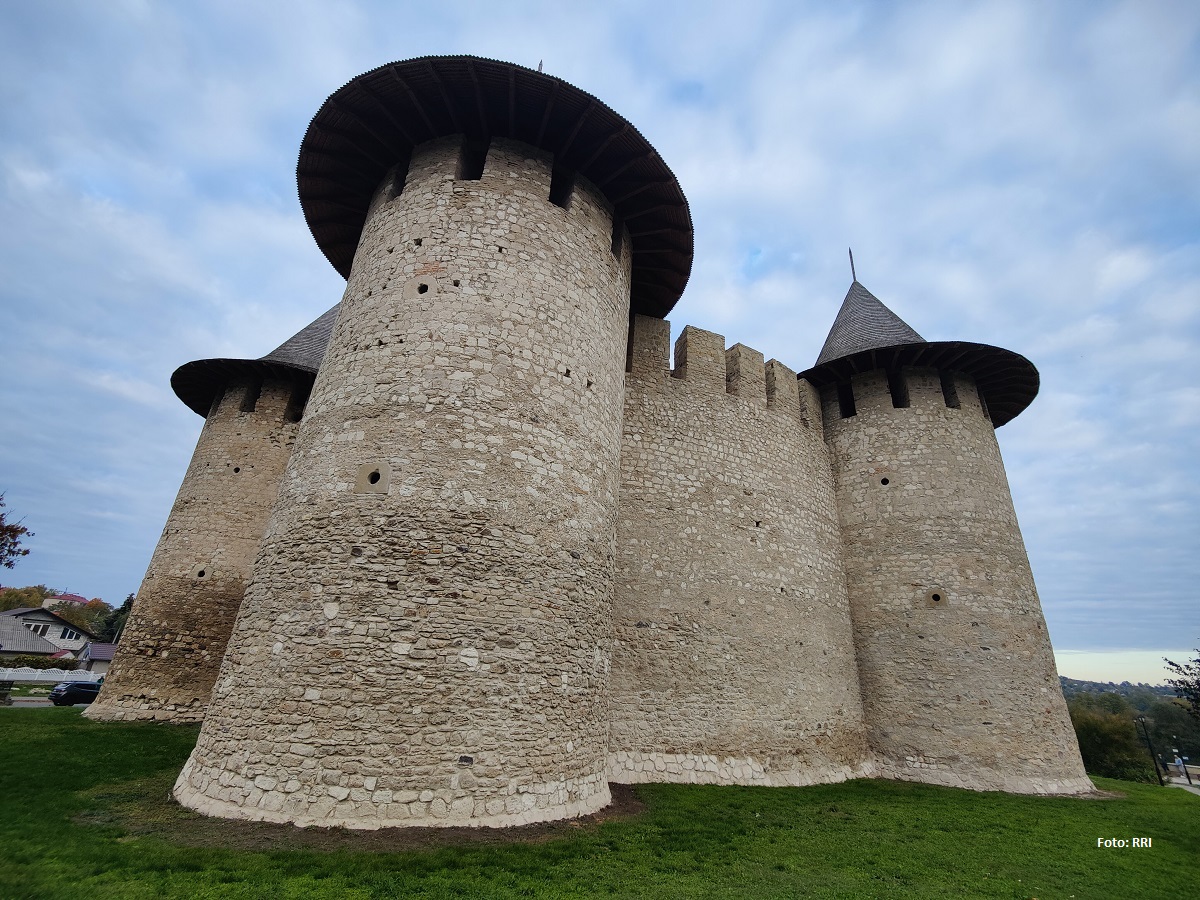The history of Govora
A look back at the history of the spa town of Govora.

Christine Leșcu, 01.02.2015, 15:19
The therapeutic springs in the south-western Romanian spa of Baile Govora have acquired their fame in time. Early documentary evidence for the thermal water springs is dated 1878, when mention was made of several watchmen who had to keep an eye on the waters in the region. It was only a couple of years later that two men searching for crude oil, engineer Ioan Claus and the mayor of a village in the area, discovered some sort of black-coloured, iodine-smelling mineral water. It was the first time when the waters in Govora had been documented. They are rich in chlorine, sodium, sulphur, magnesium and calcium, and are extremely useful in the treatment of rheumatic ailments, and not only. The date mentioned by the two for their discovery is very specific: September 30, 1881. The area has since been developing at an amazingly rapid pace, with the locality and the spa being actually established around those springs, in a region previously home to forests alone.
Romanias Liberal Prime Minister before the Great War, Ion C. Bratianu, was one of the people who actively promoted the spa. A specialist advisor with Valcea Countys National Archives Ionela Nitu told us more about the history of the Govora Spa:
“As an administrative entity, documentary evidence on the Govora Spa was found much later, in 1908. It was then that the village of Baile Govora was founded, clustering several other villages in the neighbouring areas. Now, returning to Bratianu, he got very much involved in the development of the spa. It was he who sent doctor Zorileanu in 1886, with an ambulance and military, to map out the area. Zorileanu realized the therapeutic importance of the waters here and urged Bratianu to have the state invest in everything that was related to the expansion of the spa”.
In 1887, the state granted the spa one million leis worth of credit, and that is how the first constructions around the springs came to be erected, such as the first spa facility. Ionela Nitu:
“It was basically a wooden cabin. In the following years, the first three state-run hotels were built and thats how the expansion of the spa began, as apart from the first buildings erected by the state, there were also those erected by private entrepreneurs. Of the first buildings erected in late 19th century, some can still be found today, such as State Hotel number 1, the Stefanescu Hotel, built around 1900 and which presides over the centre of the spa, then theres the Post Office, a building erected at about the same time and which still exist, fortunately. Yet the spa saw its boom after 1910, when the Govora Calimanesti Company was founded, a joint venture based on a public-private partnership. Thanks to the company, the construction of the spas iconic building was possible, the Palace Hotel, located in the park of the spa. The construction began in 1911 and was completed in 1914, it was a unique building at the turn of the 20th century, and was designed as a model for hotels across Europe at that time. There were very few hotels that had restaurants, the treatment facilities and leisure rooms on their premises. And thats how it was thought out, as an all-inclusive system. It was also then that the spa establishment was rebuilt. The old constructions were brought down, only to be replaced by other buildings, which survived in the spas park even to this day.”
The expansion of the Govora Spa continued in the interwar period. A growing number of private entrepreneurs villas emerged, concurrently with other tourist accommodation facilities. Also investments were placed in the localitys infrastructure: roads were modernized, as well as the sewage and water supply system. Ionela Nitu speaks about other iconic sites in the Govora Spa:
“Among the special constructions, there are the Casino, the Cinema building, for which construction works began in 1928 and which was designed by the first woman architect, Virginia Andreescu-Haret. The building was partially completed in 1930. It was not entirely completed, as part of it remained unfinished to this day. In 1936, the Balneara Hotel was inaugurated, lying in the centre of the spa and built in cubist style.”
Today, very few people know that during the war the spa hosted an impressive number of Polish refugees. In October 1939, around 700 refugees could be found here, and in 1941, several members of the Polish government who were in exile were accommodated in the Govora Spa.






























